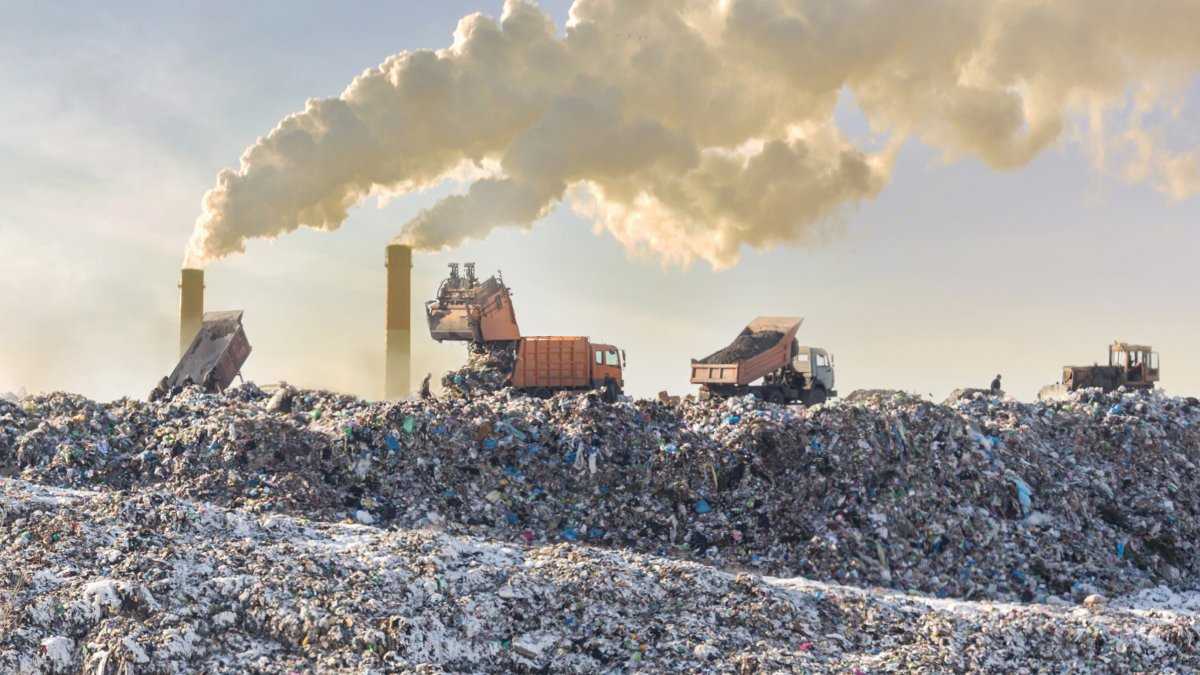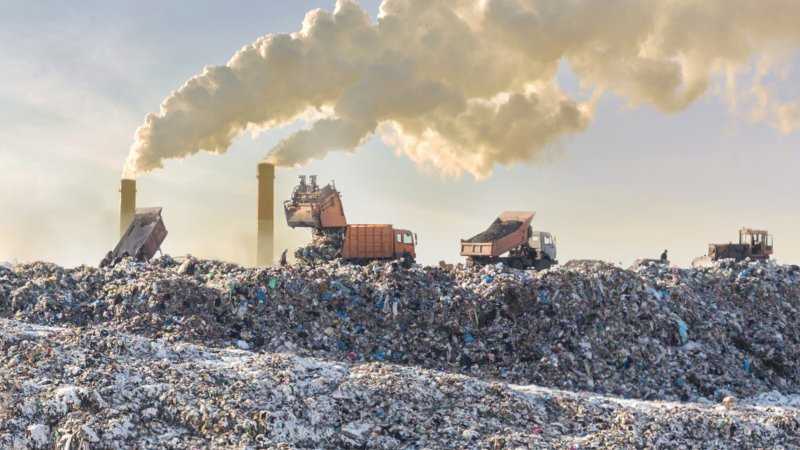

The US generated 262.4 million US tons of municipal solid waste (MSW) in 2015, of which 15.1% was food, or 39.6 million tons (EPA, 2018a). Of the 39.6 million tons of food waste, 2.1 million tons (5.3%) of this waste was composted. 7.4 million tons (18.7%) of this waste was combusted with energy recovery, and the rest (76.0%) was landfilled.
The Environmental Protection Agency (EPA, 2018b) estimates the following emissions resulting from the three waste streams identified above:
- Landfilling: 543,200 kg CO2e / US Ton (492.8 g CO2e / kg)
- Combustion With Energy Recovery: -141,100 kg CO2e / US Ton (-128.0 g CO2e / kg)
- Composting: -176,000 kg CO2e / US Ton (-159.7 g CO2e / kg)
The net emissions from 1 kg of food waste is 342.1 g CO2e / kg, given the allocation of food waste to the 3 processes described above.
The emissions detailed above result from a life cycle perspective used in the EPA WARM Model. The life cycle of MSW begins when the waste is generated, and includes transport to the waste facility, which is either a landfill, combustion facility, or composting facility. Additionally, emissions include the disposal of waste products, as well as application of compost to soils and energy offset by the US power grid from energy generated from MSW.
The negative emissions from combustion result from a net decrease in emissions due to the avoided generation of more carbon intensive energy supplied by the US power grid. Negative emissions from composting result from a net positive gain in soil carbon sequestration, which offsets transportation emissions for the compost. Biogenic carbon (carbon “borrowed” from the air to make the food that is released after decomposition) is not counted in the model unless the carbon is sequestered in a landfill or compost.
References
EPA: US Environmental Protection Agency. (2018a). National Overview: Facts and Figures on Materials, Wastes and Recycling. See Link to Source
EPA: US Environmental Protection Agency. (2018b). Waste Reduction Model (WARM) Version 14. See Link to Source

